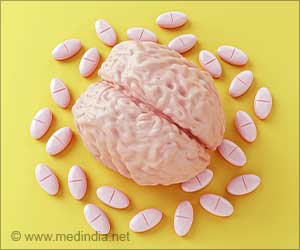Resistance to antibiotics has become a huge problem for healthcare facilities across the world.

Called the "morbidostat," the device grows bacteria in various concentrations of antibiotic. This enabled researchers to identify the concentrations at which the antibiotics stopped working and the bacteria became resistant to therapy. Next, they targeted key genes involved in creating the drug-resistant states. Their approach documented real-time changes in genes that gave bacteria an advantage in evolving to "outwit" antibiotics.
Knowledge at the gene level can be applied to the molecular design of the next generation of bacteria-killing antibiotics.
"Morbidostat is designed to evolve bacteria in conditions comparable with clinical settings," explains Erdal Toprak of Sabanci University. "Combined with next generation genome sequencing technologies, it is possible to follow the evolution of resistance in real time and identify resistance-conferring genetic changes that accumulate in the bacterial genome."
Data show an unusual survival profile of the common bacteria they used, Escherichia coli. "We identified striking features in the evolution of resistance to the antibiotic trimethoprim," Toprak says. It was these unusual features that helped them isolate the gene involved in conferring antibiotic resistance through multiple mutations.
The team's next steps will involve determining how this genetic information might one day be applied to drug design to develop new antibiotic therapies.
Advertisement
Source-Eurekalert










